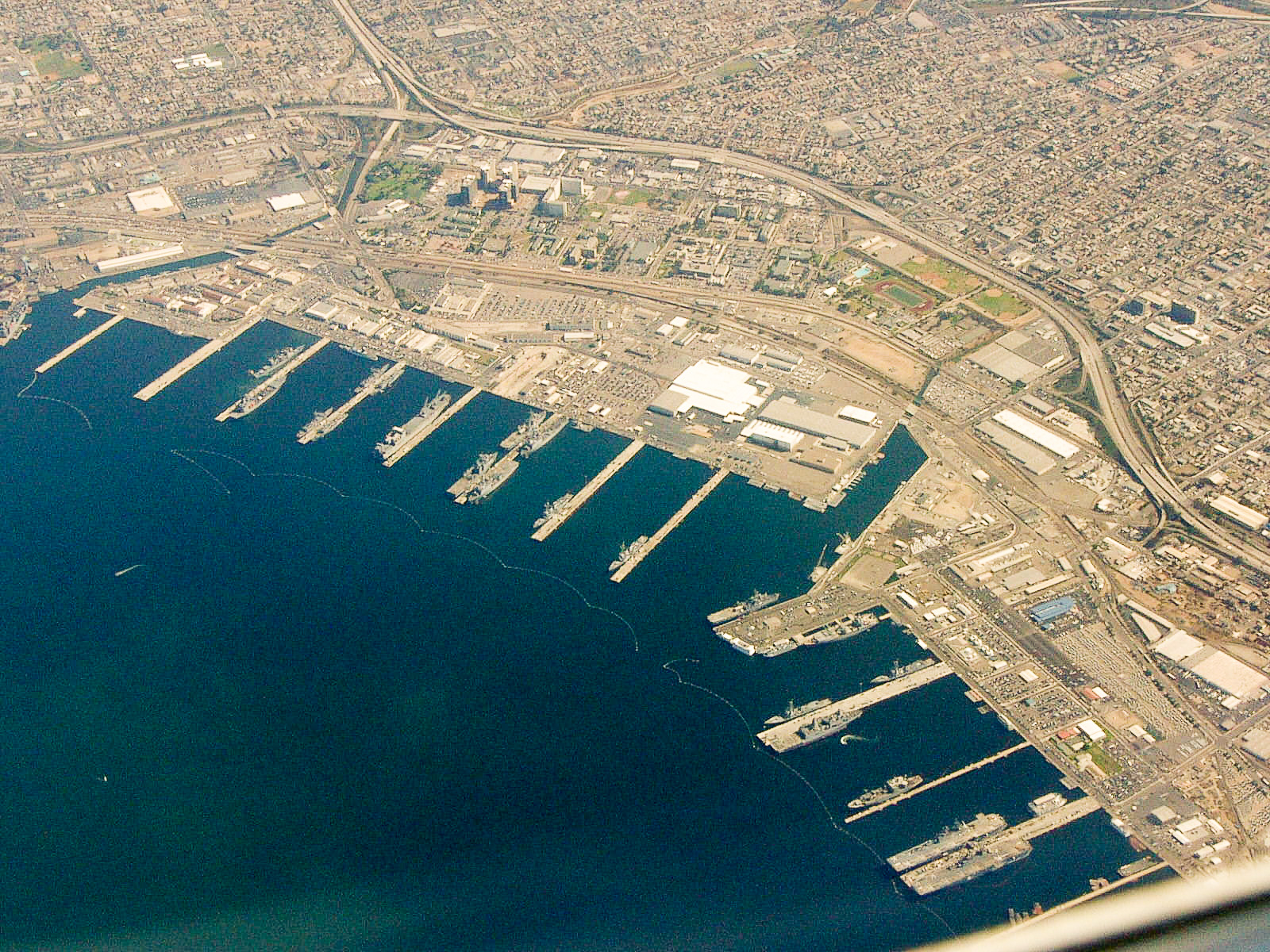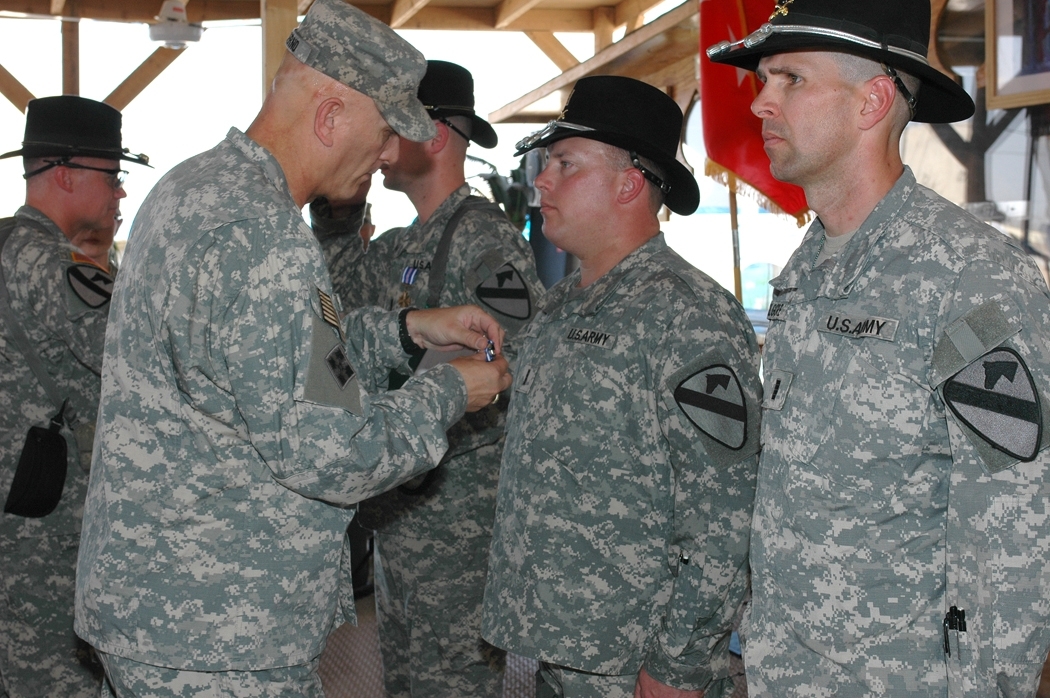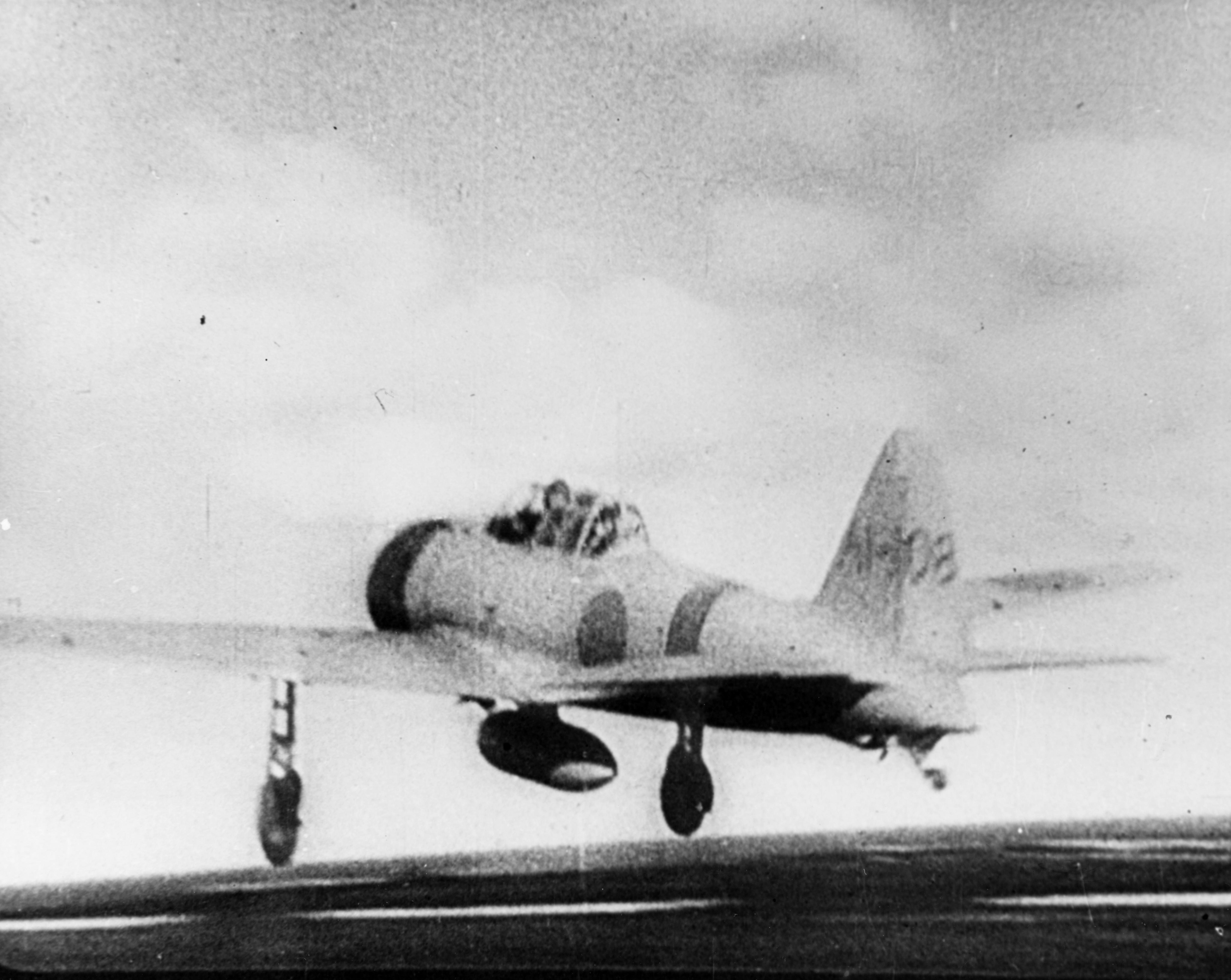|
USS William C. Lawe (DD-763)
The third USS ''William C. Lawe'' (DD-763) was a of the United States Navy. Namesake William Clare Lawe was born on 26 January 1910 in Carson City, Michigan. He enlisted in the Navy on 27 April 1928, in Detroit, and attained the rate of aviation metalsmith third class (AM3c). He was assigned to a part of Torpedo Squadron 8 (VT-8) which was reequipping with the new Grumman TBF Avenger torpedo bomber. This detachment from VT-8 temporarily left carrier to train on the TBF Avengers. They eventually arrived at Luke Field, Hawaii, for final training prior to rejoining their squadron mates on the ''Hornet''. Lawe volunteered to participate in a six plane detachment flight to Midway Atoll commanded by Lieutenant Langdon K. Fieberling. He flew as gunner in the Avenger flown by Ensign Charles E. Brannon, USNR. After arriving at Midway on 1 June 1942, the detachment spent the next few days in readiness until departing to attack the Imperial Japanese Navy fleet on 4 June at 06:00. ... [...More Info...] [...Related Items...] OR: [Wikipedia] [Google] [Baidu] |
NALF Ford Island
Ford Island ( haw, Poka Ailana) is an islet in the center of Pearl Harbor, Oahu, in the U.S. state of Hawaii. It has been known as Rabbit Island, Marín's Island, and Little Goats Island, and its native Hawaiian name is ''Mokuumeume''. The island had an area of when it was surveyed in 1825, which was increased during the 1930s to with fill dredged out of Pearl Harbor by the United States Navy to accommodate battleships. It was the site of an ancient Hawaiian fertility ritual, which was stopped by Christian missionaries during the 1830s. The island was given by Kamehameha I to Spanish deserter Francisco de Paula Marín, and later returned to the monarchy. After the island was bought at auction by James Isaac Dowsett and sold to Caroline Jackson, it became the property of Dr. Seth Porter Ford by marriage and was renamed Ford Island. After Ford's death, his son sold the island to the John Papa ʻĪʻī estate and it was converted into a sugarcane plantation. In 1916, part of Fo ... [...More Info...] [...Related Items...] OR: [Wikipedia] [Google] [Baidu] |
Pearl Harbor
Pearl Harbor is an American lagoon harbor on the island of Oahu, Hawaii, west of Honolulu. It was often visited by the Naval fleet of the United States, before it was acquired from the Hawaiian Kingdom by the U.S. with the signing of the Reciprocity Treaty of 1875. Much of the harbor and surrounding lands are now a United States Navy deep-water naval base. It is also the headquarters of the United States Pacific Fleet. The U.S. government first obtained exclusive use of the inlet and the right to maintain a repair and coaling station for ships here in 1887. The surprise attack by the Imperial Japanese Navy on December 7, 1941, led the United States to declare war on the Empire of Japan, making the attack on Pearl Harbor the immediate cause of the United States' entry into World War II. History Pearl Harbor was originally an extensive shallow embayment called ''Wai Momi'' (meaning, “Waters of Pearl”) or ''Puuloa'' (meaning, “long hill”) by the Hawaiians. Puuloa was r ... [...More Info...] [...Related Items...] OR: [Wikipedia] [Google] [Baidu] |
Naval Station San Diego
Naval Base San Diego, also known as 32nd Street Naval Station, is the second largest surface ship base of the United States Navy and is located in San Diego, California. Naval Base San Diego is the principal homeport of the Pacific Fleet, consisting of over 50 ships and over 150 tenant commands. The base is composed of 13 piers stretched over of land and of water. The total on base population is over 24,000 military personnel and over 10,000 civilians. History The of land on which the Naval Base sits today was occupied in 1918 by a coalition of concrete ship building firms known as the Emergency Fleet Corporation, under the single company name Pacific Marine Construction. But Pacific Marine began to lose profits with the conclusion of World War I, and negotiated a return of the land back to the City of San Diego. Meanwhile, the Navy was exploring the small tract of land to establish a west coast ship repair facility and moved on the opportunity to acquire the land. By 1920, ... [...More Info...] [...Related Items...] OR: [Wikipedia] [Google] [Baidu] |
Ship Commissioning
Ship commissioning is the act or ceremony of placing a ship in active service and may be regarded as a particular application of the general concepts and practices of project commissioning. The term is most commonly applied to placing a warship in active duty with its country's military forces. The ceremonies involved are often rooted in centuries-old naval tradition. Ship naming and launching endow a ship hull with her identity, but many milestones remain before she is completed and considered ready to be designated a commissioned ship. The engineering plant, weapon and electronic systems, galley, and other equipment required to transform the new hull into an operating and habitable warship are installed and tested. The prospective commanding officer, ship's officers, the petty officers, and seamen who will form the crew report for training and familiarization with their new ship. Before commissioning, the new ship undergoes sea trials to identify any deficiencies needing corre ... [...More Info...] [...Related Items...] OR: [Wikipedia] [Google] [Baidu] |
Ship Naming And Launching
Ceremonial ship launching involves the performance of ceremonies associated with the process of transferring a vessel to the water. It is a nautical tradition in many cultures, dating back thousands of years, to accompany the physical process with ceremonies which have been observed as public celebration and a solemn blessing, usually but not always, in association with the launch itself. Ship launching imposes stresses on the ship not met during normal operation and, in addition to the size and weight of the vessel, represents a considerable engineering challenge as well as a public spectacle. The process also involves many traditions intended to invite good luck, such as christening by breaking a sacrificial bottle of champagne over the bow as the ship is named aloud and launched. Methods There are three principal methods of conveying a new ship from building site to water, only two of which are called "launching". The oldest, most familiar, and most widely used is th ... [...More Info...] [...Related Items...] OR: [Wikipedia] [Google] [Baidu] |
San Francisco
San Francisco (; Spanish language, Spanish for "Francis of Assisi, Saint Francis"), officially the City and County of San Francisco, is the commercial, financial, and cultural center of Northern California. The city proper is the List of California cities by population, fourth most populous in California and List of United States cities by population, 17th most populous in the United States, with 815,201 residents as of 2021. It covers a land area of , at the end of the San Francisco Peninsula, making it the second most densely populated large U.S. city after New York City, and the County statistics of the United States, fifth most densely populated U.S. county, behind only four of the five New York City boroughs. Among the 91 U.S. cities proper with over 250,000 residents, San Francisco was ranked first by per capita income (at $160,749) and sixth by aggregate income as of 2021. Colloquial nicknames for San Francisco include ''SF'', ''San Fran'', ''The '', ''Frisco'', and '' ... [...More Info...] [...Related Items...] OR: [Wikipedia] [Google] [Baidu] |
Purple Heart
The Purple Heart (PH) is a United States military decoration awarded in the name of the President to those wounded or killed while serving, on or after 5 April 1917, with the U.S. military. With its forerunner, the Badge of Military Merit, which took the form of a heart made of purple cloth, the Purple Heart is the oldest military award still given to U.S. military members. The National Purple Heart Hall of Honor is located in New Windsor, New York. History The original Purple Heart, designated as the Badge of Military Merit, was established by George Washington – then the commander-in-chief of the Continental Army – by order from his Newburgh, New York headquarters on 7 August 1782. The Badge of Military Merit was only awarded to three Revolutionary War soldiers by Washington himself. Washington authorized his subordinate officers to issue Badges of Merit as appropriate. Although never abolished, the award of the badge was not proposed again officially until ... [...More Info...] [...Related Items...] OR: [Wikipedia] [Google] [Baidu] |
Distinguished Flying Cross (United States)
The Distinguished Flying Cross (DFC) is a military decoration of the United States Armed Forces. The medal was established on July 2, 1926, and is currently awarded to any persons who, after April 6, 1917, distinguish themselves by single acts of heroism or extraordinary achievement while participating in aerial flight. Both heroism and extraordinary achievement are entirely distinctive, involving operations that are not routine. The medal may be awarded to friendly foreign military members in ranks equivalent to U.S. Pay Grade of O-6 and below, in actual combat in support operations. History The first award of the Distinguished Flying Cross was made by President Calvin Coolidge on May 2, 1927, to ten aviators of the U.S. Army Air Corps who had participated in the Army Pan American Flight which took place from December 21, 1926, to May 2, 1927. Two of the airmen died in a mid-air collision trying to land at Buenos Aires on February 26, 1927, and received their awards posthumousl ... [...More Info...] [...Related Items...] OR: [Wikipedia] [Google] [Baidu] |
Light Cruiser
A light cruiser is a type of small or medium-sized warship. The term is a shortening of the phrase "light armored cruiser", describing a small ship that carried armor in the same way as an armored cruiser: a protective belt and deck. Prior to this smaller cruisers had been of the protected cruiser model, possessing armored decks only. While lighter and smaller than other contemporary ships they were still true cruisers, retaining the extended radius of action and self-sufficiency to act independently around the world. Through their history they served in a variety of roles, primarily as convoy escorts and destroyer command ships, but also as scouts and fleet support vessels for battle fleets. Origins and development The first small steam-powered cruisers were built for the British Royal Navy with HMS ''Mercury'' launched in 1878. Such second and third class protected cruisers evolved, gradually becoming faster, better armed and better protected. Germany took a lead in small crui ... [...More Info...] [...Related Items...] OR: [Wikipedia] [Google] [Baidu] |
Mitsubishi A6M Zero
The Mitsubishi A6M "Zero" is a long-range carrier-based aircraft, carrier-based fighter aircraft formerly manufactured by Mitsubishi Aircraft Company, a part of Mitsubishi Heavy Industries, and was operated by the Imperial Japanese Navy from 1940 to 1945. The A6M was designated as the , or the Mitsubishi A6M Rei-sen. The A6M was usually referred to by its pilots as the ''Reisen'' (, zero fighter), "0" being the last digit of the Japanese calendar#Years, imperial year 2600 (1940) when it entered service with the Imperial Navy. The official World War II Allied names for Japanese aircraft, Allied reporting name was "Zeke", although the name "Zero" (from Type 0) was used colloquially as well. The Zero is considered to have been the most capable carrier-based aircraft, carrier-based fighter in the world when it was introduced early in World War II, combining excellent maneuverability and very long range.Hawks, Chuck"The Best Fighter Planes of World War II" chuckhawks.com. Retrieved: ... [...More Info...] [...Related Items...] OR: [Wikipedia] [Google] [Baidu] |
Imperial Japanese Navy
The Imperial Japanese Navy (IJN; Kyūjitai: Shinjitai: ' 'Navy of the Greater Japanese Empire', or ''Nippon Kaigun'', 'Japanese Navy') was the navy of the Empire of Japan from 1868 to 1945, when it was dissolved following Japan's surrender in World War II. The Japan Maritime Self-Defense Force (JMSDF) was formed between 1952–1954 after the dissolution of the IJN. The Imperial Japanese Navy was the third largest navy in the world by 1920, behind the Royal Navy and the United States Navy (USN). It was supported by the Imperial Japanese Navy Air Service for aircraft and airstrike operation from the fleet. It was the primary opponent of the Western Allies in the Pacific War. The origins of the Imperial Japanese Navy go back to early interactions with nations on the Asian continent, beginning in the early medieval period and reaching a peak of activity during the 16th and 17th centuries at a time of cultural exchange with European powers during the Age of Discovery. After t ... [...More Info...] [...Related Items...] OR: [Wikipedia] [Google] [Baidu] |
_1967.jpg)


_underway_2009.jpg)




